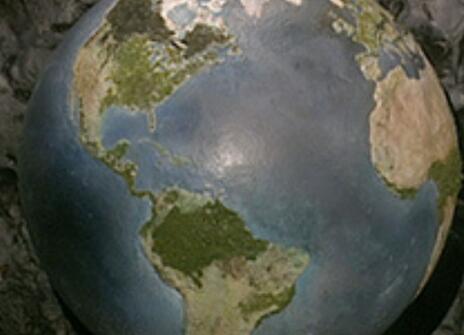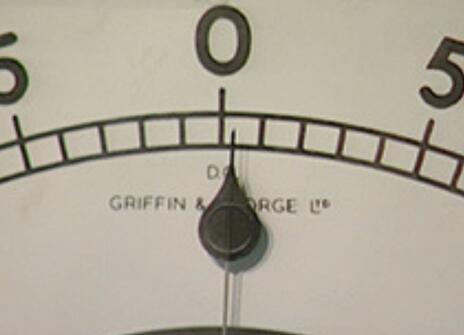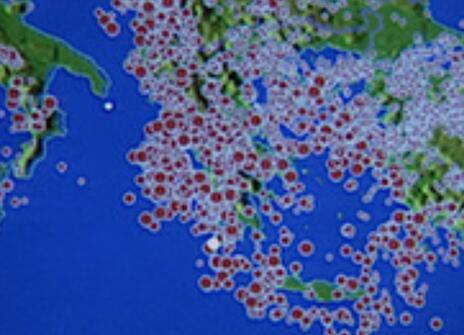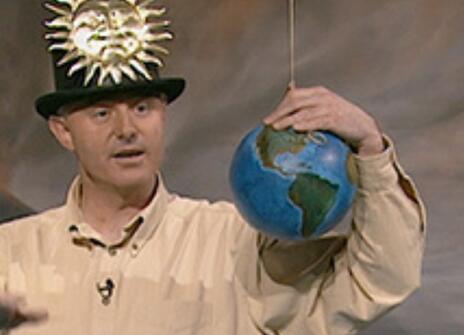Lecture 5 – Waterworld
From the 1995 lecture programme:
Water is an essential ingredient of the Earth, and without it we would not be here. Water reshapes our planet's surface through erosion and chemical weathering and, although we take it for granted, the position of the shoreline is one of the most changeable of all geological features.
Although it may not feel like it, we are living in an ice age now. At the moment we are in a warm period, and the sea level is high, but just 20,000 years ago much of northern Europe was covered in ice and we could walk to France. Such fluctuations in climate have caused sea levels to vary by as much as 120 metres over the last two million years.
One of the most astonishing recent discoveries is that the history of global sea level over this period is contained in the composition of tiny organisms preserved as fossils on the seafloor, and, furthermore, that the growth and decline of the ice sheets are related to the nature of the Earth's orbit around the Sun. When we look at our neighbours, the Moon, Venus and Mars, we can imagine what the Earth would be like if we had no water, or if we lost it, or if the Earth's surface was not in the temperature range for water to be liquid. We are no longer restricted to the study of just our own planet. Space exploration has made us much more conscious of variations on our own theme: how small changes to the conditions on Earth can produce quite different geological environments, even though the processes that are operating are often recognisable. We are becoming much more aware of how special the Earth is.
About the 1995 CHRISTMAS LECTURES
From the 1995 lecture programme:
We need to understand how our planet works. Catastrophes such as volcanic eruptions, earthquakes, climate change and sea level rise are starting to have a huge impact on our lives as our population increases and we colonise every available corner of the world, particularly the coastlines. Yet at the same time these phenomena, which are disasters to us, are a natural part of the way the Earth behaves.
We can use them as tools to see deep inside the Earth, to see how the planet is put together, and how it changes with time. Our understanding of how the Earth works has just undergone its biggest change since we realised that the Earth orbited the Sun. Scientists used to see the Earth as a planet whose surface had been the victim of random and unexplained events, such as mountain building and changing climate. Now we know that what we see at the surface is caused by vigorous motions deep inside the Earth — motions that are slow compared with our lifetimes, but are very fast compared with the life of the Earth itself. Far from living on a dead lump of rock in Space, we are living on jelly, but didn't realise it! These lectures trace the story of how and why our views changed — from a fumbling suspicion that continents had moved around, through a detailed reconstruction of how the pieces fit together, to the present, where we can measure the motions directly and see them going on. It is a story in which chasing a clue to one puzzle has often produced unexpected results and paradoxes.
Extraordinary leaps in understanding have come from the development of new tools — usually measuring instruments designed for purposes quite unconnected with their most famous discoveries. The Earth Sciences have come a long way from the Victorian image of a lonely geologist wandering the mountains with a hammer, so that measurements at the atomic or sub-atomic level can reveal the processes behind events as grand as ice ages. Nor are we restricted to our own planet: as we continue to explore the solar system and beyond we are discovering why the Earth is so special, and what series of accidents or processes have made it so suitable for us to live on. But the story does not yet have an ending: the Earth has a habit of letting us solve one puzzle only to make us realise it is part of an even bigger mystery we don't understand.




